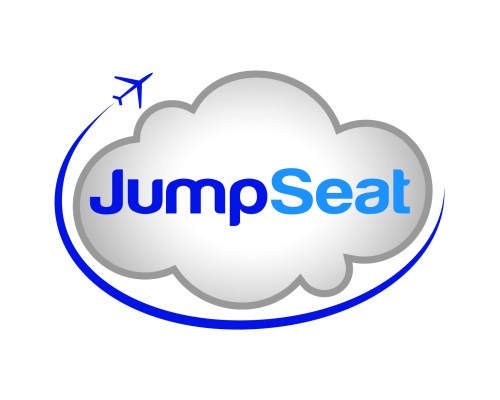So the market for private jet startups sure is heating up!* So far, we’ve written about BlackJet and Arrow, both of which are seeking to become a kind of “Uber for private flights.” So it probably comes as no surprise that there’s someone out there with a kind of Airbnb, peer-to-peer offering to make private flights cheaper for everyone. A new startup called JumpSeat has emerged to help make it easier for the private jet set to make unused seats on flights they’ve chartered available to others, and to help them save some money in the process.
The idea behind JumpSeat is simple: There are a lot of people who want to fly private, but don’t necessarily want to do so on a half-empty jet. (I’m sure there are just as many people who relish the idea of only flying with their posh loved ones, but JumpSeat is not for them!) Rather than pay for the whole jet themselves, they can instead lower the cost of flying by making seats available to other jet-setting ballers looking to save a little money on their private jet experience.
So you basically get all the same advantages of flying private — like faster take off and landing and no security lines — but you might have to share a jet with some randoms. That’s a tradeoff JumpSeat believes a lot of private fliers will be willing to make.
The company breaks down customers into “flyers” and “buyers,” according to JumpSeat founder Justin Sullivan. Flyers are JumpSeat users who have already booked a private jet and want to make unused seats on their flights available to others. And buyers are users who show up for what are essentially discounted tickets on private flights booked by other people. All in all, the idea is to lower the amount of unused seats on private jets, making the whole thing cheaper for everyone.
Today, there are a number of people who book private jets for $25,000 or more, just to travel with three to five people. But most private jets hold eight to 15 passengers, so there are usually seats to go around. Just as importantly, charter and private jet operators frequently end up flying empty jets between destinations where their clients have booked travel. Individual seat prices vary significantly based on the popularity of the route and number of seats available on the flight, but tend to be thousands of dollars per seat, rather than tens of thousands for the whole jet.
To start, JumpSeat’s inventory will primarily be made up of those latter types of flights, where charter operators will make unused seats available at a lower price just to recoup the cost of otherwise flying an empty plane. But as more flyers sign up, Sullivan expects a whole lot more of the company’s inventory being part of travel between high-density corridors — for instance, Florida or New York to Aspen during ski season, or typical business flights between New York and Chicago or L.A.
JumpSeat is an extension of Sullivan’s existing legacy charter jet business, Private FLITE. Over the past several years, he’s operated that business the same way that most private jet services have — by connecting his Private FLITE clients with charter operators. And he’s grown that business to more than $6 million in revenue per year.
With that in mind, the team decided to add some technology and build a web app that could grow the overall charter business by making it cheaper to fly and reduce the number of unused seats. The JumpSeat peer-to-peer model could grow the pie of private jet fliers, thus boosting the number of seats it sells overall and the amount of money it makes. JumpSeat charges a 10 percent commission on initial flights booked through the platform, and then another 5 percent on seats that are unused seats that are booked in a peer-to-peer fashion.
Currently available only on the web, the JumpSeat team is working on a mobile app, which it expects to launch on iPhone in the next few months. And Android will come soon after that. The idea is to make booking seats on a private jet easier than ever, by lowering the cost and making available inventory more transparent.
While the six-person, Boston-based team still operates the legacy Private FLITE business, it’s strongly suggesting to its existing clients that they become JumpSeat users and participate in that marketplace. JumpSeat was bootstrapped by the Private FLIGHT guys, but the company is currently looking for outside investment to help grow its business.
==
* And somehow, I’ve become the private jet writer for TechCrunch.
